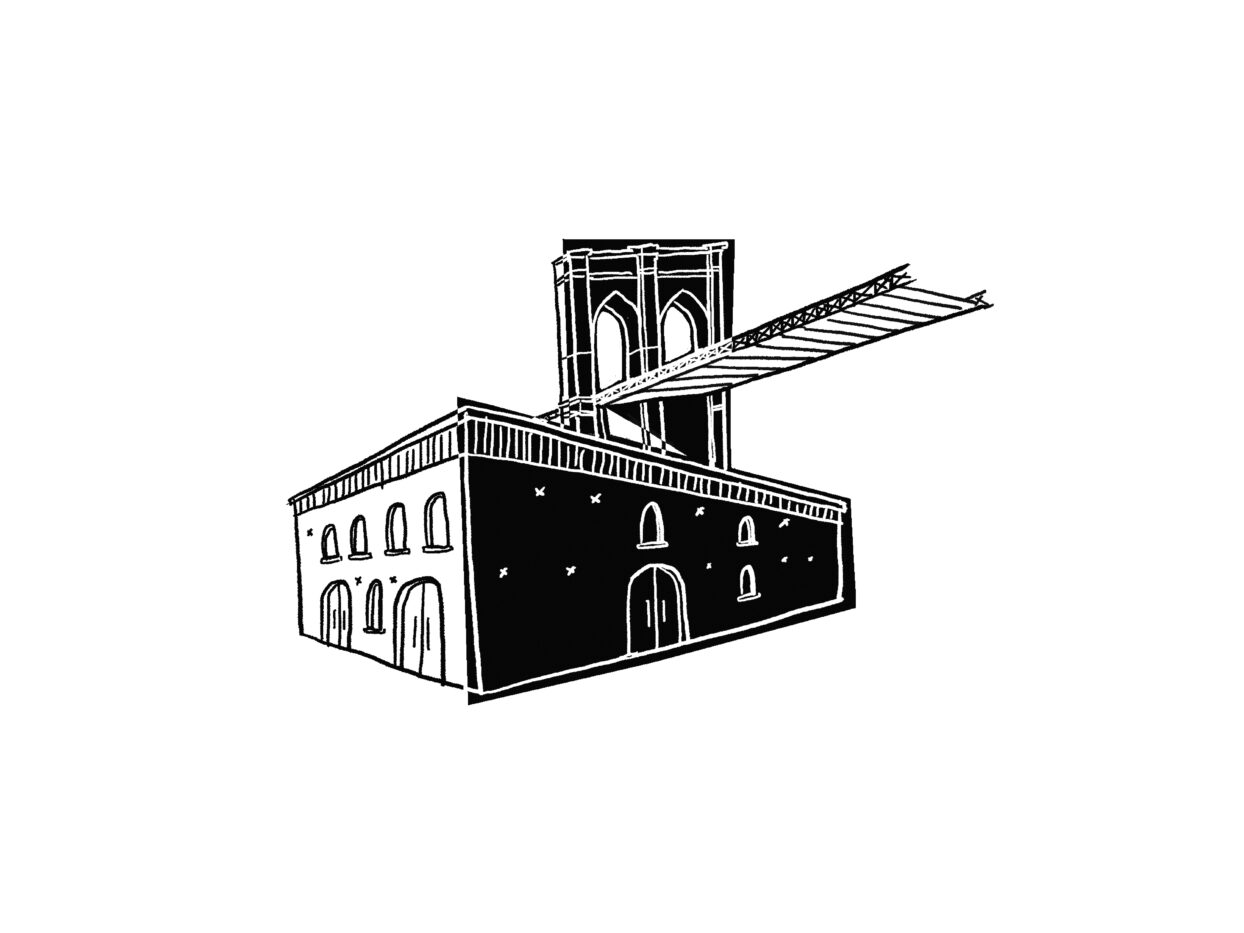
Image by Ivy Sanders Schneider

Image by Ivy Sanders Schneider
As soon as I understood the concept of an avant-garde, I wanted to be part of it. That was in the late 1960s, when the border between avant-garde and popular culture was at its most porous. At that point, the term referred less to revolutionary art than to art that flaunted a sense of historical progression. Many if not most of the ideas in play dated back to the 1910s, but they were now getting their moment in the sun thanks to the glamour they had accrued. The Beatles, who virtually dominated the globe then, employed avant-garde techniques in their recordings and dropped avant-garde names in interviews. And then John Lennon married into the avant-garde: Yoko Ono was a core collaborator in Fluxus. The avant-garde was lively, colorful, sexy, cosmopolitan. Sometimes it seemed like a big floating party, migrating from New York to Tangier to Mykonos to Paris to Mexico City to Majorca to Amsterdam. Some people who had a lot of money wanted to get next to artists, and the artists obliged.
By the time I got a chance to explore the avant-garde myself, the climate had changed drastically. It was the 1970s, and many fortunes had dried up. The years of lead had begun; the mood was angry or resigned. Art became anti-object, anti-commerce, and that was okay when it involved herculean earthworks in the desert, less so when it involved reams of tightly packed illustration-free theory. (I could never figure out whether it was meant to be read or just to repose upon a shelf and look deep.) But there was, in fact, a bona fide avant-garde at work in the train sheds in Queens and the Bronx. And it turned out that the most avant-garde work of the decade, at least in New York, made use of the city itself, from Gordon Matta-Clark’s architectural interventions to Colab’s theme shows held in disaffected or condemned spaces. But that moment barely survived the decade.
The significance of Ronald Reagan’s election cannot be overstated. Everything changed, maybe not immediately or all at once, but radically. The deregulations and tax incentives that brought massive amounts of money back into the city happened to coincide with the return to figuration in painting that had been percolating for a few years. Now you had a clientele, flush with profits, in search of masterpieces to hang in their lofts; the artists obliged. And with that, very quickly, the dynamic changed from establishment versus avant-garde (never mind that the avant-garde had been the establishment since maybe the ’40s) to haves versus have-nots. I’m too old to know whether there might be some kind of avant-garde business taking place in Peoria or Pawtucket or Perth Amboy. An avant-garde needs a scene, and the cities are too expensive for scenes now. An avant-garde needs an excess of time, and that’s in short supply nearly everywhere. And an avant-garde also needs to see itself as actively outpacing the ideas in current circulation — it needs a past to overshadow and a future to predict. I don’t think anyone’s too sure about a future these days.
Lucy Sante’s most recent book is Nineteen Reservoirs. She writes a regular column in Maggot Brain. Her memoir, I Heard Her Call My Name, will be published in February.